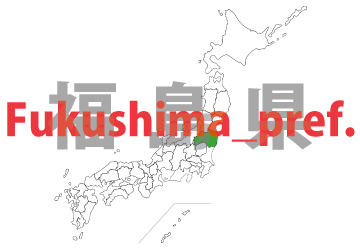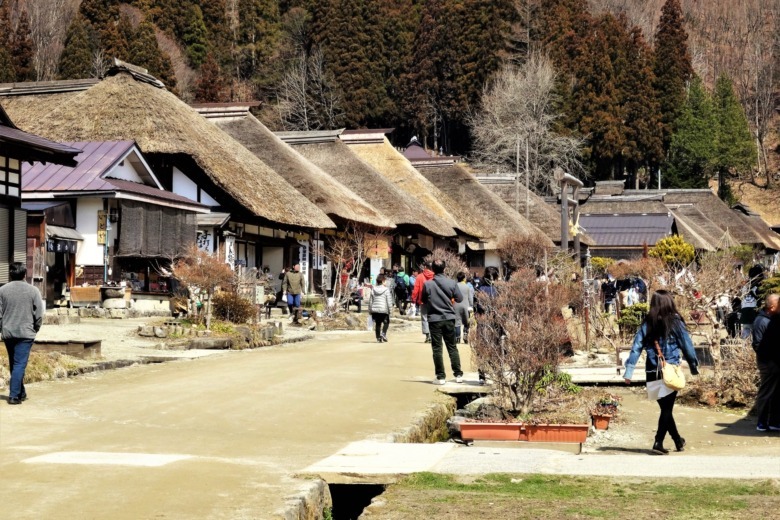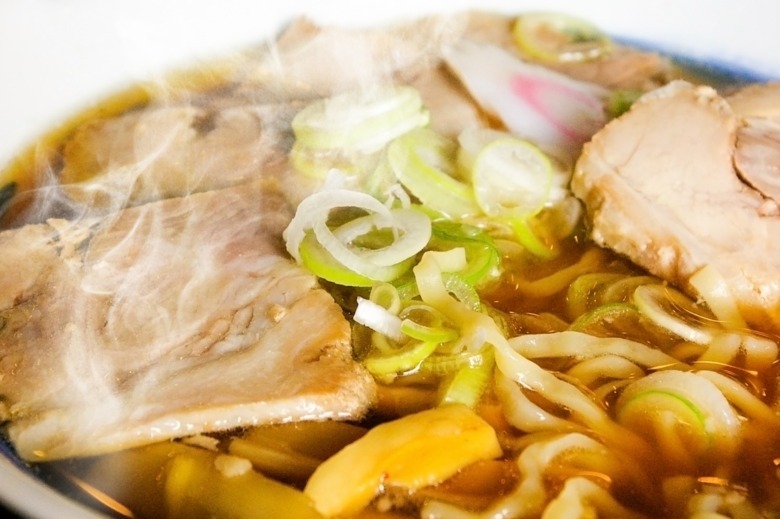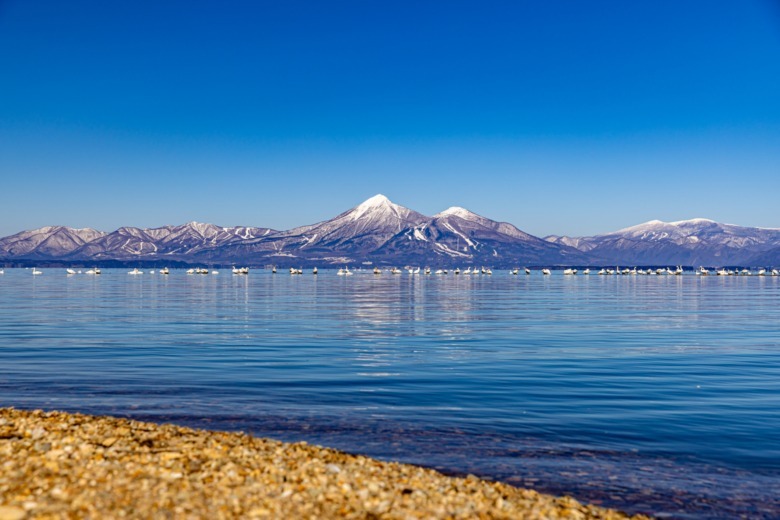
Fukushima Prefecture — A Land of Diversity, Heritage, and Natural Harmony
Fukushima Prefecture is divided into three distinct regions—Aizu, Nakadori, and Hamadori—each with its own unique climate, traditions, and culture. This diversity makes Fukushima a rich and rewarding destination for travelers from all walks of life.
In the Aizu region, history and pride go hand in hand. The area is known for its deep samurai heritage, including the tragic tale of the Byakkotai, and is home to iconic landmarks like Tsurugajo Castle (Aizu-Wakamatsu Castle) and the remarkable Sazae-do, a double-helix wooden pagoda where the ascent and descent paths never intersect—a structure admired by architecture enthusiasts from around the world. The preserved post town of Ouchi-juku, with its thatched-roof houses, offers a step back in time and a tranquil escape into Edo-era charm.
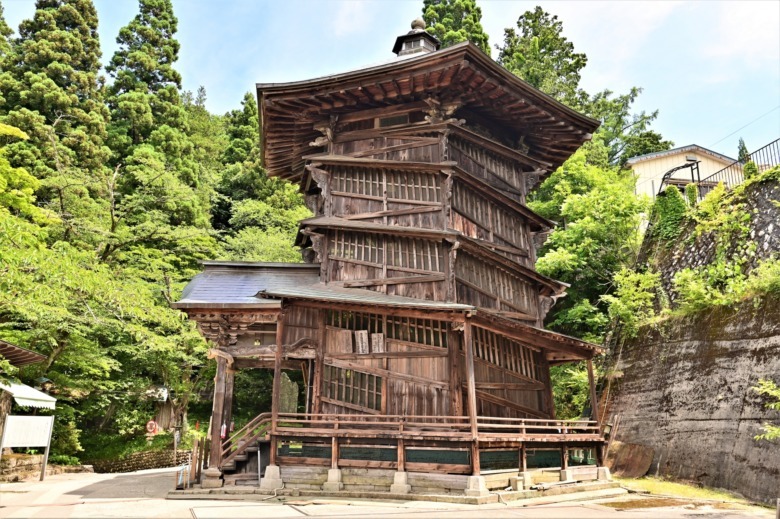
Sazaedou
The Nakadori region, centered around Fukushima City, strikes a balance between commerce and agriculture. As a key transportation hub, it is celebrated as the “Kingdom of Fruits“, producing seasonal varieties such as peaches, pears, apples, grapes, cherries, and persimmons. In spring, the landscape transforms into a soft pink carpet of blooming peach blossoms. The city of Kitakata is also famous for its “Kitakata Ramen,” one of Japan’s top three regional ramen styles, drawing food lovers from across the country to savor its rich, soy-based broth and chewy noodles.
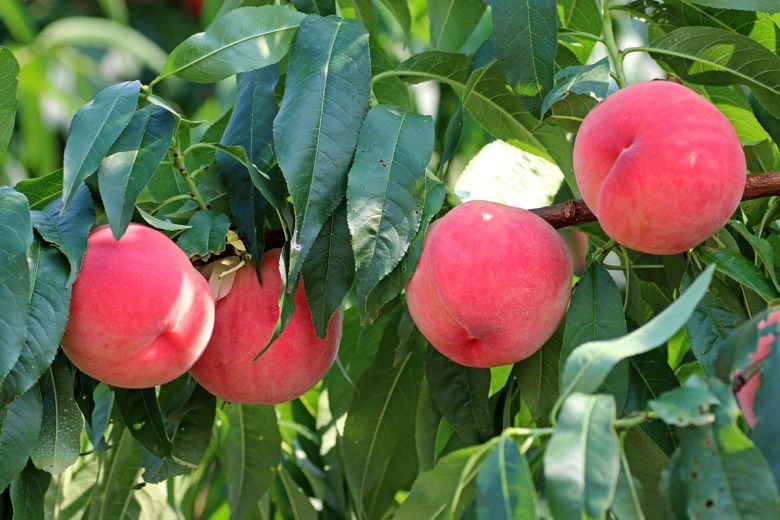
Fukushima peach
To the east, the Hamadori region stretches along the Pacific coast, featuring a mild climate and an abundance of fresh seafood. The famed Soma Nomaoi festival, with armor-clad horsemen reenacting ancient cavalry battles, is a cultural spectacle over 1,000 years old. Aquamarine Fukushima, a cutting-edge aquarium, also showcases the area’s commitment to marine education and preservation.
Nature lovers are drawn to the region’s stunning landscapes, such as Mount Bandai, Lake Inawashiro, and the vividly colored Goshiki-numa. The Spa Resort Hawaiians, a Hawaiian-themed hot spring resort, adds an unexpected yet delightful twist to Fukushima’s tourism appeal.
Fukushima is also a destination for those interested in traditional Japanese martial arts, especially in the Aizu region where centuries-old techniques and discipline are preserved and taught—an attraction for martial arts enthusiasts worldwide.
The people of Fukushima are known for their resilience, warmth, and enduring spirit—values that became especially evident in the wake of the 2011 earthquake and tsunami. Their unwavering dedication to rebuilding and sharing their culture continues to inspire.
In the world of children’s songs, Fukushima is closely associated with the classic “Natsu no omoide” (Summer Memories)—a gentle, lyrical depiction of Oze, a vast alpine marshland that spans Fukushima, Gunma, and Niigata Prefectures. The song conjures the image of blooming mizubasho (Asian skunk cabbage) and cool mountain breezes under the summer sun.
Other songs linked to the prefecture include “Kisha” and “Tombo no megane“, both connected to the town of Hirono, and “Makiba no asa”, believed to have been inspired by Iwase Ranch. These songs, rooted in nature and daily life, reflect the quiet charm and beauty of Fukushima’s countryside.
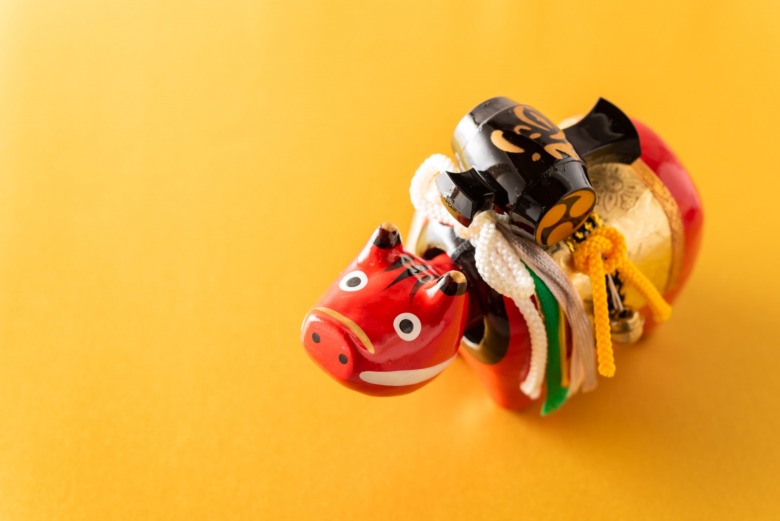
Aka beko (Red Cow)

